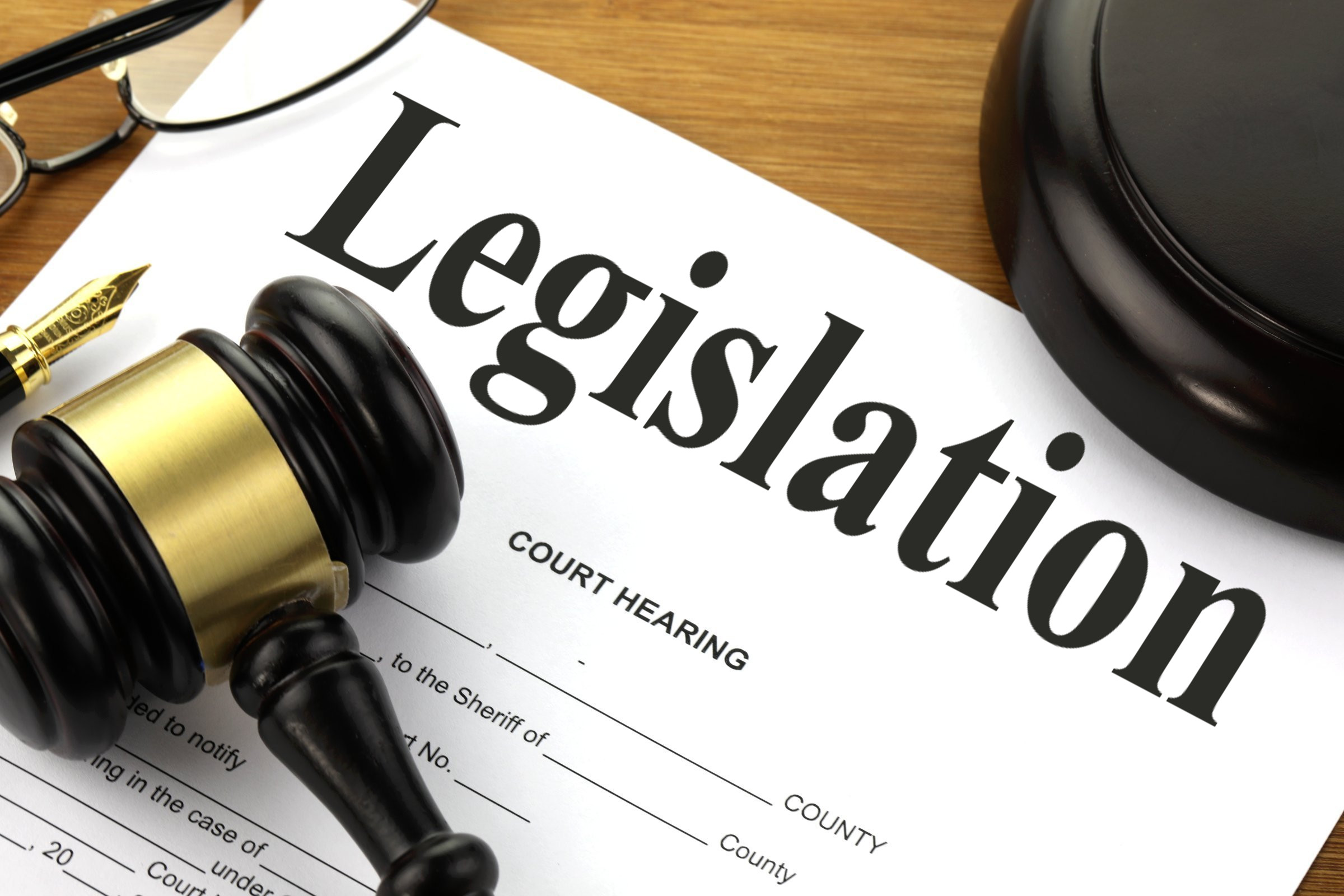Voting is a fundamental right and one of the most powerful ways to make your voice heard in a democracy. Whether you’re a first-time voter or have participated in elections before, ensuring that you’re properly registered is the critical first step. This guide will walk you through the process of registering to vote and taking part in shaping your community’s future.
Why Voting Matters
Every election—whether local, state, or national—has a direct impact on the policies and laws that affect your daily life. By voting, you have a say in education, healthcare, the economy, and civil rights. Your vote is your voice.
Step 1: Check Your Eligibility
Before you register, make sure you meet the eligibility criteria. In most states, you must:
- Be a U.S. citizen
- Be at least 18 years old by Election Day
- Meet state residency requirements
- Not currently be serving a felony sentence (varies by state)
Step 2: Find Out Registration Deadlines
Each state has different deadlines for registering to vote. You can check your state’s deadlines on the National Association of Secretaries of State website or your local election office’s website.
Step 3: Choose How You Want to Register
There are multiple ways to register to vote, depending on your state:
- Online: Many states offer online voter registration. Visit your state’s election website to complete the process electronically.
- By Mail: You can fill out a National Mail Voter Registration Form and send it to the address listed for your state.
- In Person: You can register at your local election office or at designated government offices such as the DMV.
Step 4: Complete the Registration Process
Have your personal information ready when registering, such as:
- Full name
- Address
- Date of birth
- Driver’s license number or the last 4 digits of your Social Security number (required in some states)
Follow your state’s instructions carefully to ensure your registration is accepted and processed properly.
Step 5: Confirm Your Voter Registration
After registering, it’s important to confirm your status. You can verify your voter registration information through your state’s election website or by visiting nass.org/Can-I-Vote.
Step 6: Learn About the Candidates and Issues
Educate yourself about the candidates and the issues that will be on the ballot. Use trusted, nonpartisan resources and attend debates or forums to become a well-informed voter.
Step 7: Make a Plan to Vote
Decide in advance how you will cast your ballot:
- Voting early in person
- Voting on Election Day
- Voting by mail (also known as absentee voting)
Check your polling location and hours to avoid any last-minute issues.
Conclusion
Registering to vote is the first step in making sure your voice is heard. By following this guide, you’ll be prepared to participate in the democratic process and help shape the future of your community. Don’t wait—register today and encourage others to do the same!





